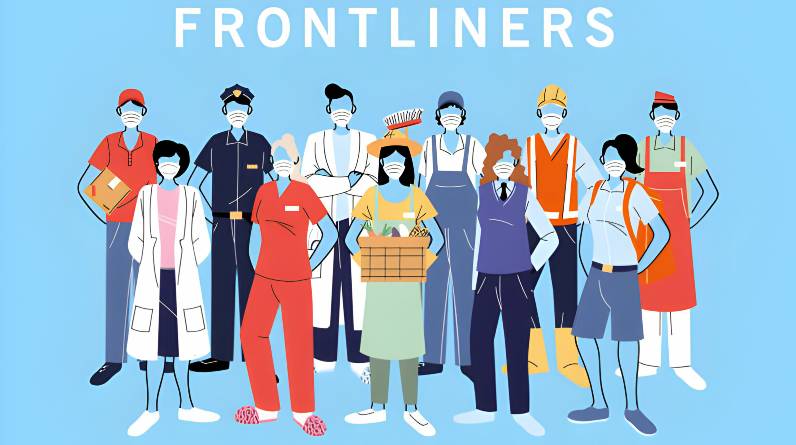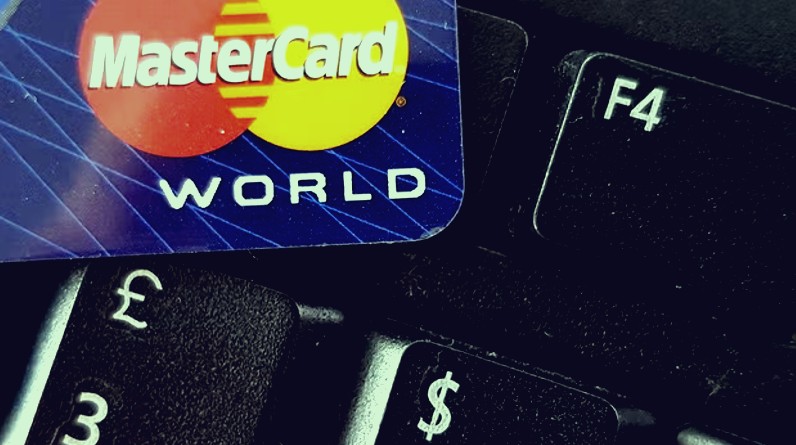
Consumers perceive the credit card lifecycle as a clear, easy procedure where purchases are made, and the correct amounts are recorded in their accounts. The good news is that consumers should have no trouble making payments.
However, when you own and run a business, a lot happens in the background of a financial transaction. Having a better understanding of how credit cards, debit cards, and other electronic payments are handled enables you to run your company more efficiently.
There are hundreds of billions of card-based payment transactions worldwide every year. Each of those deals was distinctive in its own way. Nevertheless, every transaction adhered to the same fundamental procedures that compose the credit card processing lifecycle.
The credit card lifecycle is clarified in this brief introduction for quick and simple reference. We will answer the question “how do credit card payments work” and outline the key stakeholders and crucial payment processing stages so that businesses like yours may start accepting card payments.

Who are the participants in the lifecycle of a credit card?
It’s important to be aware of all the major actors if you wish to comprehend the payment card lifecycle. Although no two payment transactions are precisely the same, and each one may have a somewhat different course, the following parties are typically involved in every card payment transaction.
Acquirers, also known as acquiring banks or merchant acquirers, are financial organizations that create and manage merchant accounts. Every business that accepts debit and credit card transactions must create a merchant account or sub-merchant account. Throughout a card payment transaction, acquirers send transaction inquiries and credit card authentication data between retailers and card issuers. There are many credit card acquiring solutions on the market today.
Interaction between purchasers, vendors, credit card issuers, and acquiring banks is facilitated through card associations. Card brands are the companies in charge of payment processing. A few examples of well-known credit card companies are American Express, Discover, Mastercard, UnionPay, and Visa. By setting interchange rates, arbitrating conflicts between providers and acquirers, and other activities, card organizations work to ensure safe, rapid, and effective payments.
The customer, who is essential to the lifecycle of credit card payments, is sometimes overlooked. The customer initiates every payment card transaction, whether they do so in person (card present) or remotely (card-not-present). Transaction amounts are recorded with their financing firm and produce a credit or debit based on the kind of account. The customer may also be referred to as the cardholder.
An issuer is a financial institution that provides a cardholder with a credit card. Issuers, also known as issuing banks, provide essential services by connecting consumers to the financial system and facilitating business transaction finance. This funding process provides businesses with the capital they require to survive and expand.
Merchants include corporations, business owners, sole proprietors, and all other kinds of companies. Merchants like you play a crucial role in payment transactions by providing the tools for admitting card payments, including a credit card terminal or point of sale process for card-present operations, secure eCommerce websites with online payment, or payments incorporated through a constantly expanding range of applications.
Companies known as payment processors handle credit and debit card processing in favor of merchants and their financial intermediaries. Payment processors are the link in the credit card lifecycle’s magnet that holds all the other participants together. In order to assist businesses like yours to thrive by providing their clients with better service, payment processors have developed beyond their core processing duties to provide a wide variety of payment-related services.

How does the lifecycle of a credit card function?
The lifetime of any specific card payment transaction may vary based on a variety of circumstances. But the authorization, batching, clearing, and settlement processes in the card payment lifecycle are consistent.
Authorization
The first phase of the credit card lifecycle is authorization. Customers give their credit card details to a merchant in person or safely online. The card information is provided to the acquirer and payment processor. A transaction passes via the card associations and then continues to the issuing bank.
The issuing bank confirms that the account is in good condition and has sufficient balance to fund the transaction by sending an approval or reject code back to the card company, which then transmits it to the acquirer. Once the acquirer tells the merchant of the authorization or refusal, the transaction is officially accepted (or declined).
One or more protection and anti-fraud filters may be used at each level of the authorization procedure. The whole thing happens in a couple of seconds.
Batching
Almost real-time authorization occurs as part of card-based payment transactions. Although it’s required to end transactions provisionally, it’s not the last step. Until the merchant presents a formal and thorough transaction accounting, transactions are considered “pending” at this point.
When merchants batch, they evaluate and provide whole sets of transactions on a regular basis. Batching traditionally happens at the conclusion of each work day. By batching transactions, retailers like you may frequently see considerable cost reductions. Despite the continued use of manual batching, a merchant may now arrange to batch as an automated process with their payment processor or merchant bank.
Clearing
As soon as a batch of transactions was sent from the merchant, they started their journey to balance the books. Following that, the acquirer sends individual batch transactions to the payment service, card network, and ultimately the providing bank for the consumer.
Issuing banks then take the transaction’s cost from the user’s account. The issuing bank subtracts interchange costs during the clearing stage of the transfer, and the card issuer subsequently transfers a portion of the transfer proceeds to the card issuers.
Settlement
The process stage known as “settlement,” sometimes known as “funding,” is when the merchant gets their entire payment. The issuing bank transfers money for transactions to the commercial bank. The merchant bank then deposits funds into the merchant account.
Many businesses have serious concerns about how quickly the settlement and finance processes will go. That is not unexpected given the significance of cash flow in supporting operations and expansion. Depending on a variety of circumstances specific to your organization, settlement timelines might differ dramatically.

Conclusion
So there you have it: the streamlined credit card transactions lifecycle. Credit cards can help link your business to the future of commerce, whether you’re establishing a new business or are dissatisfied with your present payment suppliers.






